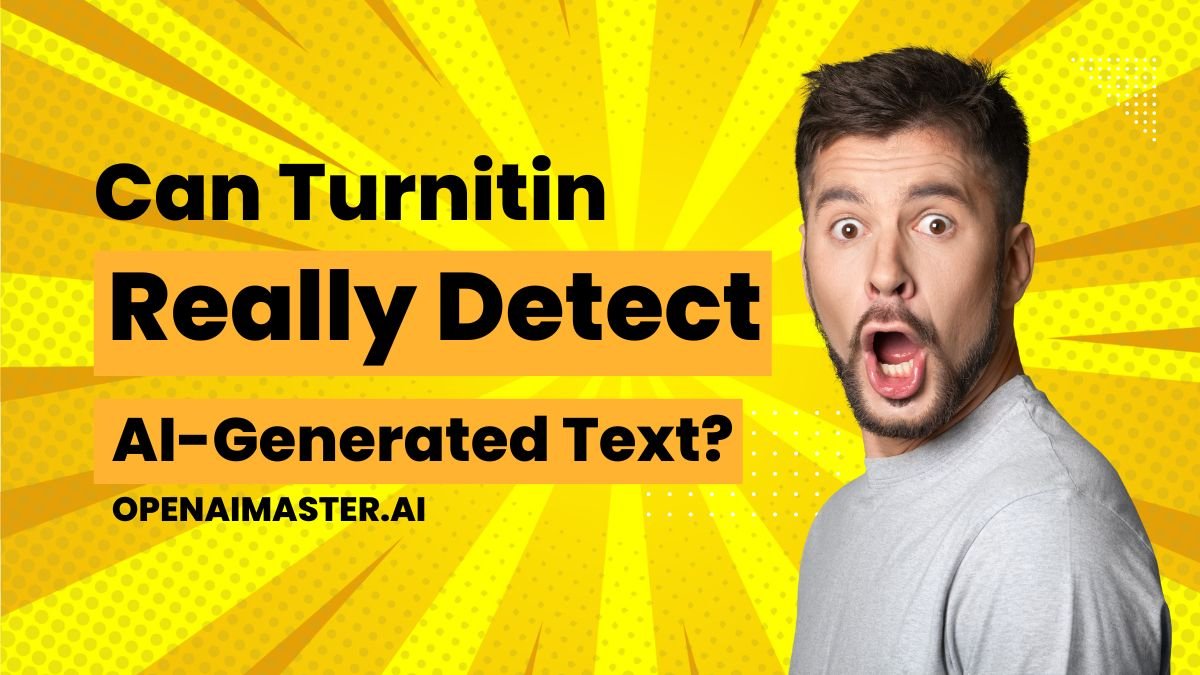The use of language models and generative AI tools has become increasingly prevalent, leading to concerns about academic integrity and the potential for plagiarism. Turnitin, a widely used plagiarism detection service, has responded to this challenge by developing AI detection capabilities designed to identify text that may have been generated by AI writing tools such as ChatGPT.
The company’s claim to accurately identify AI-generated content has generated significant interest and debate within the academic community. While some institutions have embraced Turnitin’s AI detection feature, others have raised concerns about its reliability and potential for false positives. In this article, we will explore the capabilities and limitations of Turnitin’s AI detection tool, examining the evidence and perspectives from various stakeholders.
Can Turnitin Really Detect AI?
Turnitin’s AI Detection Feature: The Claims
Turnitin has made bold claims about the effectiveness of its AI detection capabilities. According to the company, its AI detection feature has reviewed over 65 million papers since its launch, detecting a notable percentage as having significant AI writing. Turnitin asserts that its AI detection tool was verified in a controlled lab environment and renders scores with 98% confidence, although it acknowledges a margin of error of plus or minus 15 percentage points.
The tool is designed to identify writing that is “too consistently average,” which Turnitin believes is a telltale sign of AI-generated text. However, this approach has raised concerns about potential false positives, especially in academic writing that adheres to a set style and may appear consistently average to the AI detector.
Adoption and Concerns
Despite the claims of high accuracy, the adoption of Turnitin’s AI detection tool has been met with a mixed response from educational institutions. While 98% of Turnitin’s customers have enabled the AI writing detection capabilities, some institutions, such as Vanderbilt University, have decided to disable the tool due to concerns about false positives and the lack of detailed information on how the tool determines if writing is AI-generated.
Independent Evaluations and Discussions
Independent evaluations and discussions surrounding Turnitin’s AI detection capabilities have highlighted both its strengths and limitations. While Turnitin claims that its AI detector shows no statistically significant bias against English Language Learners (ELL), and the company has taken steps to minimize bias when training its model, some educators and researchers have expressed skepticism about these claims.
The Center for Teaching Excellence, for instance, advises that instructors should not rely solely on the scores from Turnitin’s AI detection tool and should take additional steps to gather information. There have also been reports of Turnitin’s AI detector flagging innocent student work as AI-generated, which highlights the challenges of distinguishing between AI and human writing.
Ethical Considerations and Best Practices
As the use of AI writing tools becomes more prevalent, the ethical implications of using AI detection tools have also come into focus. While Turnitin’s AI detection feature is designed to help educators identify potential instances of AI-generated content, the company emphasizes that the detection model may not always be accurate and should not be used as the sole basis for adverse actions against a student.
Best practices in this area suggest that educators should use AI detection tools as part of a broader assessment strategy that includes human judgment and dialogue with students. It is crucial to engage in open conversations with students about the use of AI writing tools and to provide clear guidelines on their appropriate use in academic settings.
The Future of AI Detection
As AI technology continues to advance, the detection of AI-generated text is likely to become an increasingly complex challenge. Language models are becoming more sophisticated, and their outputs are becoming increasingly difficult to distinguish from human writing. This underscores the need for ongoing research and development in the field of AI detection, as well as open discussions about the ethical and practical implications of these technologies.
Turnitin and other companies operating in this space will need to continuously refine their AI detection capabilities and address concerns related to accuracy, bias, and transparency. Additionally, educators and academic institutions will need to stay informed about the latest developments and best practices in this rapidly evolving field.
Conclusion
Turnitin’s AI detection capabilities have sparked a necessary and important discussion about the role of AI in academic writing and the potential for plagiarism. While the company claims high levels of accuracy in detecting AI-generated content, independent evaluations and discussions have highlighted limitations and concerns about false positives and potential biases.
Ultimately, the effectiveness of Turnitin’s AI detection tool may vary, and it should be used as part of a broader assessment strategy that includes human judgment and open dialogue with students. As AI technologies continue to advance, ongoing research, collaboration, and ethical considerations will be crucial in ensuring the integrity of academic work while embracing the potential benefits of these powerful tools.
By fostering open discussions and adopting best practices, educational institutions can navigate the challenges posed by AI-generated text while upholding academic integrity and promoting responsible use of emerging technologies.

